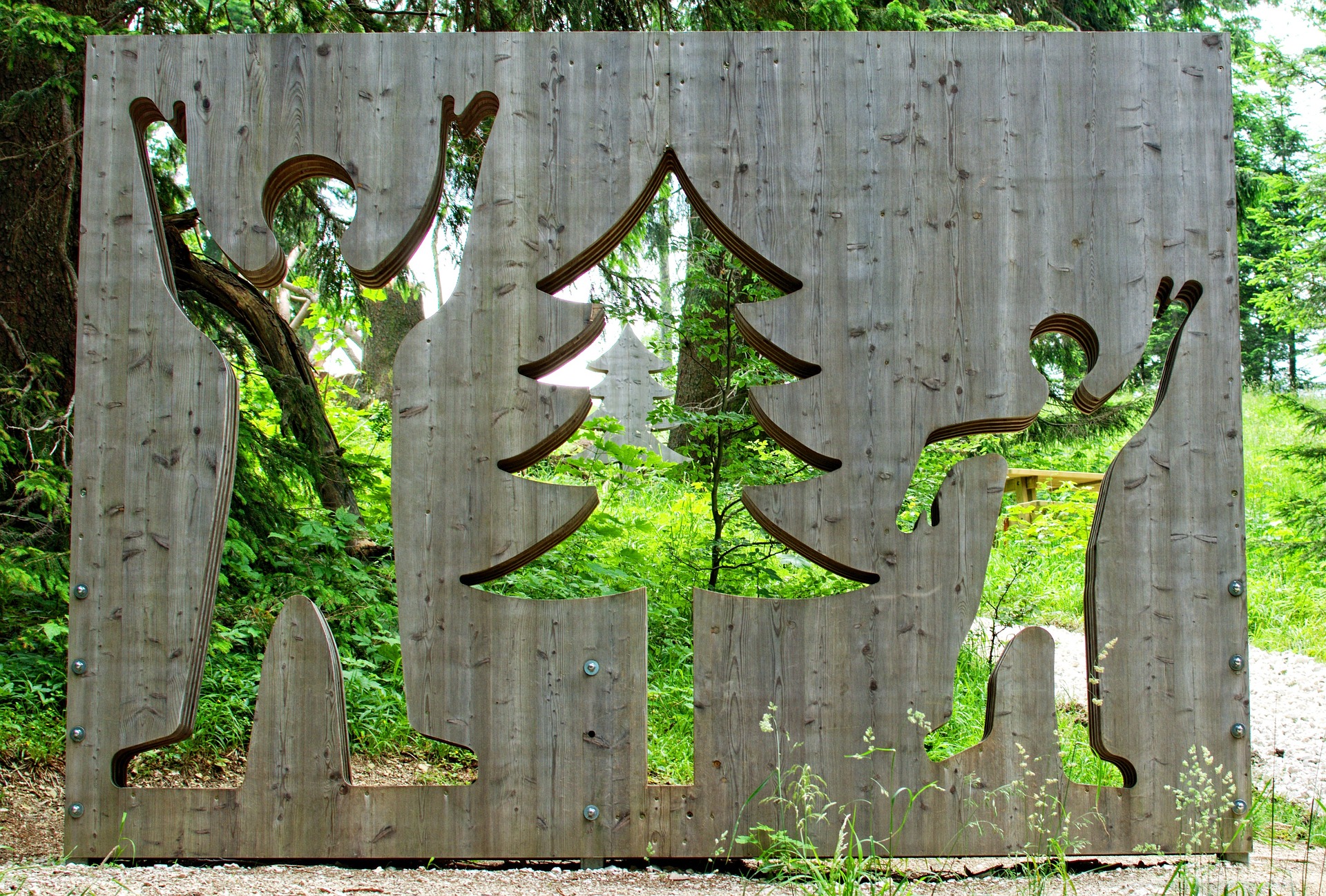Sustainable Seating Options for Community Spaces
Choosing sustainable seating for community spaces involves balancing durability, accessibility, and environmental impact. This article outlines practical seating options, material choices such as timber and metal, and considerations for installation, maintenance, and ergonomics in outdoor public and park settings. It is aimed at planners, facility managers, and community groups seeking clear guidance.

Community spaces benefit when seating is designed to last, be inclusive, and minimise environmental impact. Thoughtful selection of benches and other seating for outdoor public settings can support social interaction, rest, and accessibility while reducing waste and long-term costs. This article examines common seating types, compares timber and metal options, and highlights installation, maintenance, and ergonomic considerations relevant to parks and other public areas.
What seating works for outdoor public park spaces?
Seating in outdoor public park environments should combine robustness with comfort. Options range from fixed benches and slatted seats to modular units and integrated ledges. Fixed benches resist vandalism and are straightforward to site and maintain; modular seating can be reconfigured as needs change. Seating design should account for drainage, weather exposure, and surface finishes to ensure longevity. Placement—near pathways, play areas, and shade—affects usage, while materials and fastening choices influence long-term performance and upkeep.
How do materials affect sustainability and maintenance?
Material choice drives both environmental footprint and maintenance frequency. Recycled plastics and composite materials reduce the need for fresh timber and resist rot and corrosion, often requiring only occasional cleaning. Timber sourced from certified forests can be renewable and repairable but typically needs treatments or periodic refinishing. Metal seating, especially galvanized or powder-coated steel and aluminum, offers strength and vandal resistance but may need corrosion checks in coastal or high-humidity locations. Consider lifecycle impacts, repairability, and end-of-life recyclability when selecting materials.
How does timber compare with metal for installation and durability?
Timber and metal each have clear installation and durability profiles. Timber is lighter to handle and can be fastened to concrete pads, timber sleeper footings, or anchored to existing structures. It provides a warm aesthetic and can be locally sourced. Metal is typically heavier and may need more substantial anchoring and grounding, especially for cantilevered designs. Galvanized or stainless steel resists corrosion, while powder-coated finishes add protection and colour options. Installation plans should include drainage, anchor type, and tamper-resistant fixings to maximise lifespan for both timber and metal units.
What installation considerations support accessibility?
Installation affects how welcoming seating is to diverse users. Accessible placement means level approaches from pathways, appropriate clearances for wheelchairs, and seating heights that accommodate people with mobility limitations. Armrests and backrests help users stand and sit safely; gap-free edges reduce tripping hazards. Consider spacing to allow companions and carers to sit nearby, and provide a mix of seating types—single seats, benches with armrests, and contiguous seating—to accommodate different needs. Local services for accessible audits can advise on compliance with regional accessibility standards.
How does ergonomics influence comfort in public seating?
Ergonomic design influences how long people will use seating and how comfortable they are while seated. Contoured seats, adequate seat depth, and supportive backrests reduce strain, while appropriate seat height supports safe transfers. Slatted or ventilated surfaces improve comfort in warm weather, and armrests provide resting points for hands and help with posture. For parks and public plazas, balancing ergonomics with vandal-resistant construction and easy-clean surfaces is key. User testing or consulting ergonomic guidelines can inform designs that support a wide range of body sizes and abilities.
What ongoing maintenance and lifecycle considerations matter?
Maintenance planning preserves functionality and sustainability. Timber requires inspection for rot, re-sealing or oiling, and replacement of damaged boards; metal should be checked for coating failures and corrosion. Fasteners and anchors need periodic tightening, and surfaces should be cleaned of graffiti and debris to discourage vandalism. Selecting materials that are repairable and choosing modular parts can reduce waste over time. Consider warranties, availability of replacement components, and whether local services in your area provide repair and refurbishment to extend seating lifespans.
Sustainable seating for community spaces is achieved by matching material, design, and placement to local conditions and user needs. Careful choices around timber versus metal, attention to installation and accessibility, and a realistic maintenance plan help create durable, comfortable, and inclusive outdoor public seating. Prioritising repairability and recyclable materials supports long-term sustainability goals and helps community spaces remain welcoming for a broad range of users.





